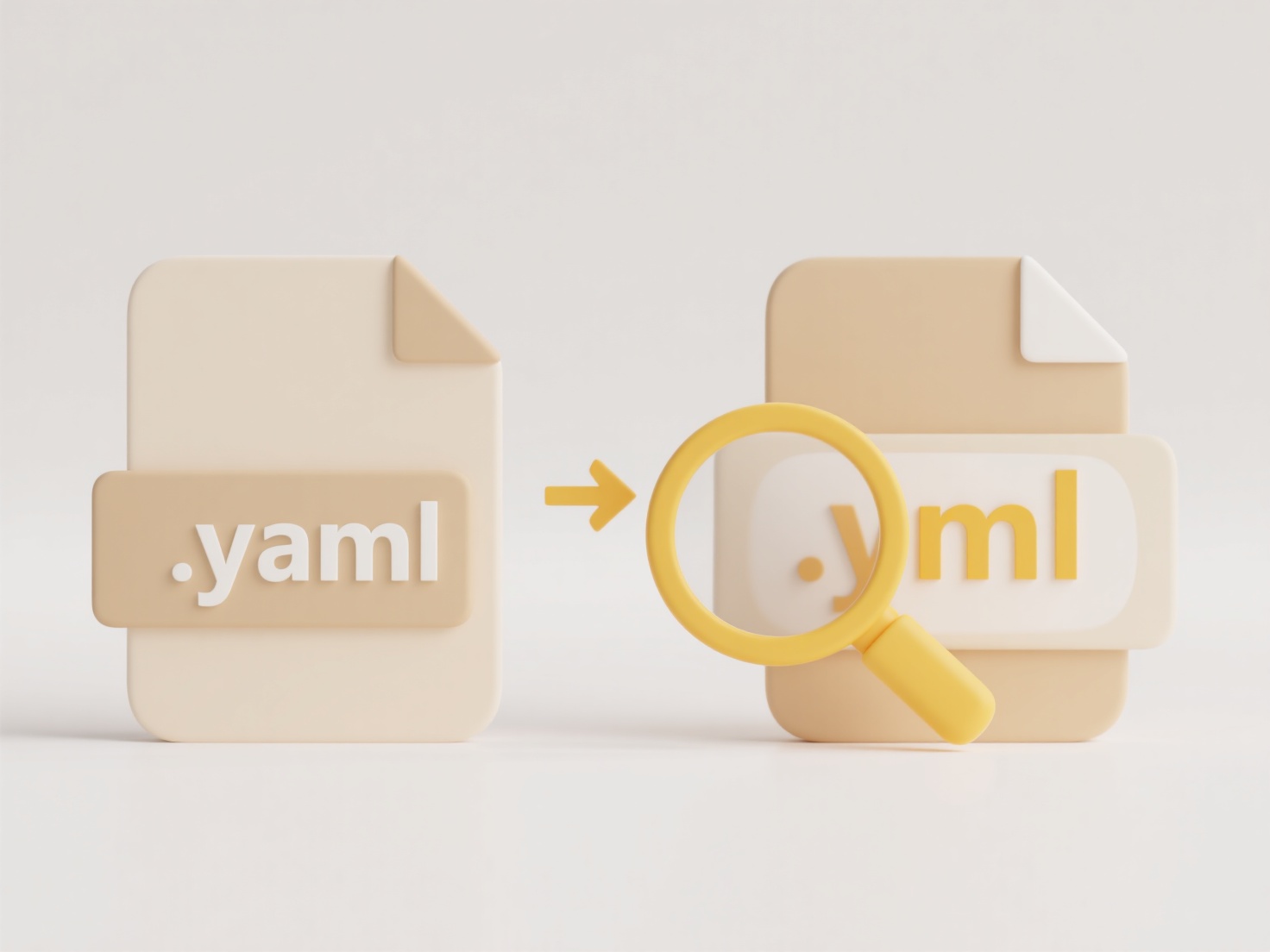
Human-readable filenames prioritize clarity for people, using descriptive words (e.g., Quarterly_Report_April_2024.docx). Machine-readable filenames prioritize structure for automation, often using patterns like codes, timestamps, or hashes (e.g., rep_20240401_d7a8f2.pdf). The ideal approach often combines both: a core human-readable description combined with predictable, standardized machine-friendly elements.
Commonly, content management systems (CMS) and digital asset management (DAM) use human-readable names for user searchability (e.g., product_blue_photo.jpg). Conversely, software builds, scientific data pipelines, or log files frequently use machine-readable conventions (e.g., build_12345_log_20240515T143000Z.json or experiment_001_dataset.csv) to enable automated sorting, processing, and version control.

Human-readable names enhance user understanding and collaboration but risk inconsistencies and length. Machine-readable names enable powerful automation but are cryptic and hinder manual identification. A hybrid strategy, like ProjectAlpha_Design_v2_20240515_final.ai, offers the best balance, supporting both human cognition and machine processing. Ethical considerations involve ensuring names aren't exclusionary and considering long-term accessibility beyond the immediate team or system.
Should filenames be human-readable or machine-readable?
Human-readable filenames prioritize clarity for people, using descriptive words (e.g., Quarterly_Report_April_2024.docx). Machine-readable filenames prioritize structure for automation, often using patterns like codes, timestamps, or hashes (e.g., rep_20240401_d7a8f2.pdf). The ideal approach often combines both: a core human-readable description combined with predictable, standardized machine-friendly elements.
Commonly, content management systems (CMS) and digital asset management (DAM) use human-readable names for user searchability (e.g., product_blue_photo.jpg). Conversely, software builds, scientific data pipelines, or log files frequently use machine-readable conventions (e.g., build_12345_log_20240515T143000Z.json or experiment_001_dataset.csv) to enable automated sorting, processing, and version control.

Human-readable names enhance user understanding and collaboration but risk inconsistencies and length. Machine-readable names enable powerful automation but are cryptic and hinder manual identification. A hybrid strategy, like ProjectAlpha_Design_v2_20240515_final.ai, offers the best balance, supporting both human cognition and machine processing. Ethical considerations involve ensuring names aren't exclusionary and considering long-term accessibility beyond the immediate team or system.
Quick Article Links
What’s the best way to name meeting notes or minutes?
Meeting notes or minutes refer to the documented record capturing key discussions, decisions, and action items from a me...
Does Wisfile upload any files to the cloud?
Does Wisfile upload any files to the cloud? No, Wisfile processes your files exclusively locally on your device withou...
Why are my file names not sorting as expected?
File names may not sort as expected primarily due to how sorting algorithms interpret characters, especially numbers or ...